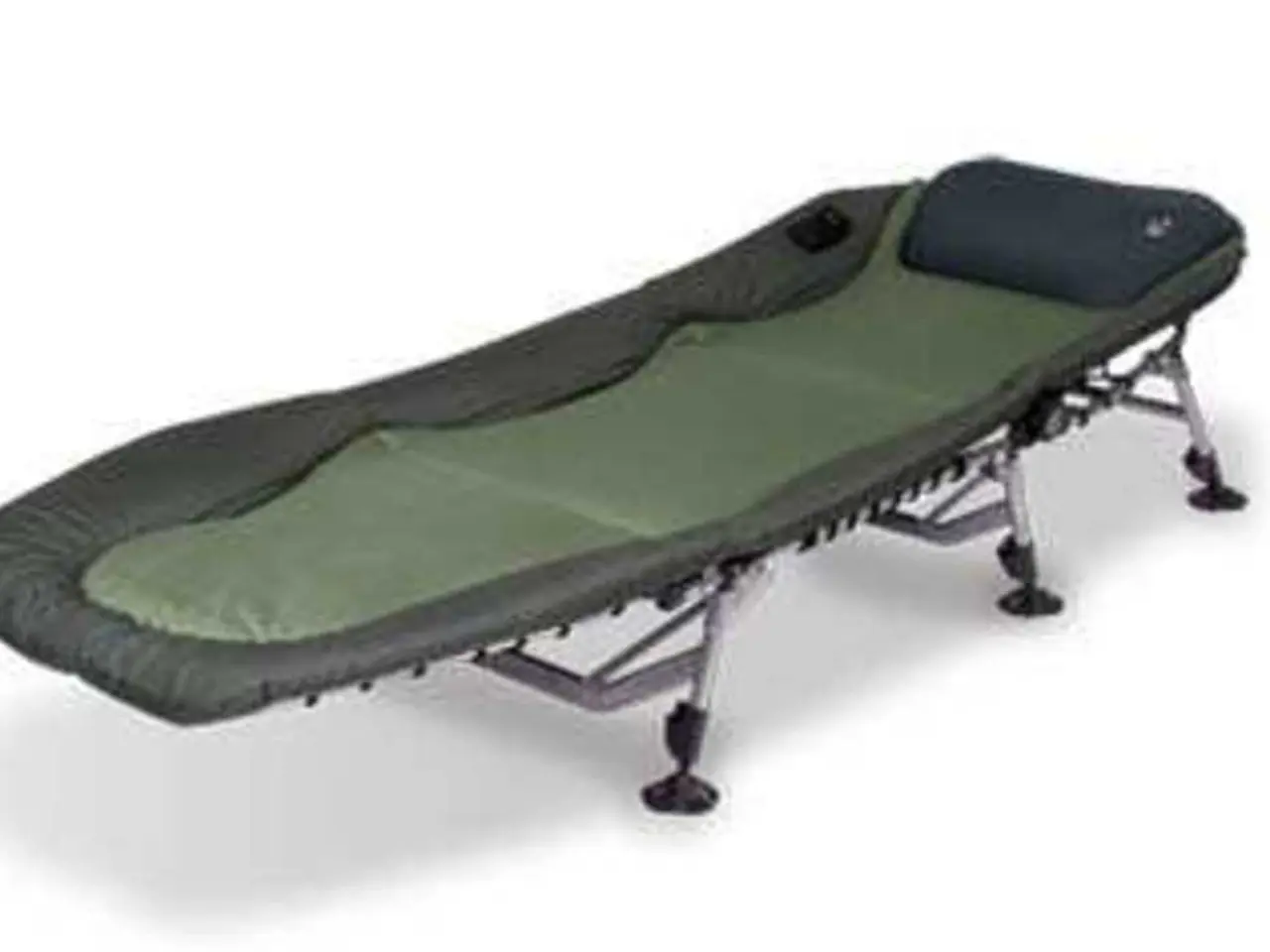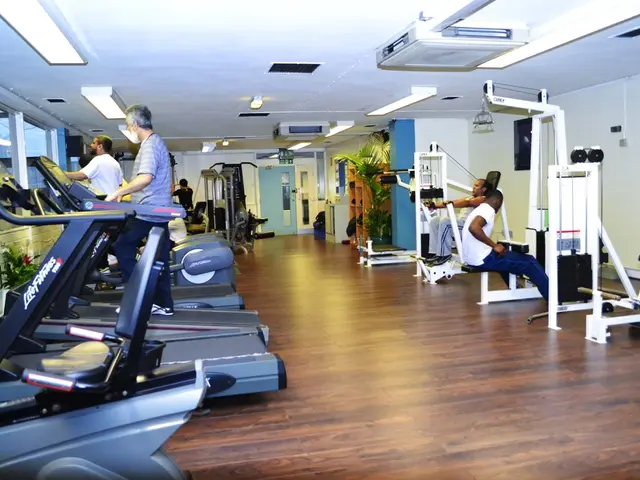Implant with nerve connection for synthetic knees – returning to previous walking ability post amputation?
In a groundbreaking development, researchers at the Massachusetts Institute of Technology (MIT) have developed a new bionic knee prosthesis that could change the lives of amputees. The innovative device, which directly integrates with the user's bone and muscle tissue, has shown promising results in a small clinical trial.
The technology behind the new bionic knee prosthesis combines two methods: Agonist-Antagonist Myoneural Interface (AMI) and Electronically Augmented Osseointegration (e-OPRA). AMI is a surgical procedure in which muscle pairs are reconnected, enabling more natural communication in the stump. e-OPRA involves a titanium rod being inserted into the remaining thighbone, which transmits signals directly to a robotic knee via 16 wires.
Two individuals with above-knee amputations participated in the clinical trial. The goal of the study was to embed artificial limbs not only functionally but also neurologically into the human body. The results were impressive, with the OMP (AMI and e-OPRA combined) users performing better in almost all categories, especially compared to the third group with conventional provision.
The new bionic knee prosthesis is controlled via a specially developed robot controller. With AMI and e-OPRA, this break is partially repaired - both electrically and mechanically, resulting in a clear advantage: "We directly load the skeleton, which is the part of the body that should be loaded."
The combined system of AMI and e-OPRA - the OMP prosthesis - still needs to be tested in larger studies before it can be approved by the US health authority FDA. However, Hugh Herr, one of the lead researchers, estimates that this step could be possible within the next five years.
The two OMP participants gave significantly higher values in the standardized questionnaire regarding their subjective experience of the prosthesis, indicating a stronger sense of control and identification with the device. The users reported feeling the prosthesis as an extension of their own body rather than an external device, enhancing natural movement and better balance.
In terms of sensory integration, the AMI surgery reconnects muscle pairs within the residual limb, restoring natural muscle communication and sensory feedback. This allows amputees to regain body sensation related to joint position and movement, contributing to the intuitive control of the prosthetic knee and improving the sense of it being part of the self.
In summary, the bionic knee offers amputees: - Enhanced stability through direct bone anchoring instead of a socket. - Improved control by decoding precise muscle signals via implanted wires connected to a robotic controller. - Better sensory integration restoring natural muscle feedback, allowing users to sense and feel the prosthesis as part of their body. - Consequently, the prosthesis supports more natural mobility like walking faster, climbing stairs, and navigating obstacles more effectively than conventional devices.
This development is a significant step forward in the field of prosthetics, offering hope for a future where amputees can regain a level of mobility and control that was previously unimaginable.
- The innovative bionic knee prosthesis, developed by MIT researchers, leverages technologies such as Agonist-Antagonist Myoneural Interface (AMI) and Electronically Augmented Osseointegration (e-OPRA) to directly integrate with bone and muscle tissue, potentially revolutionizing medical-conditions related to amputation.
- The combination of AMI and e-OPRA, known as the OMP prosthesis, has shown promise in small clinical studies, with users performing better than those with conventional provision in categories like balance and mobility, demonstrating a potentially transformative impact on health-and-wellness for amputees.
- As the OMP prosthesis continues to undergo larger studies and clinical trials, it could pave the way for therapies-and-treatments that enable amputees to regain control and feel a stronger sense of identification with their artificial limbs, ultimately improving their quality of life and overall health.




